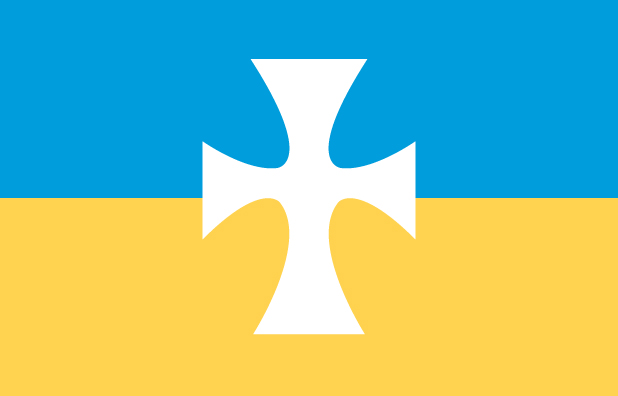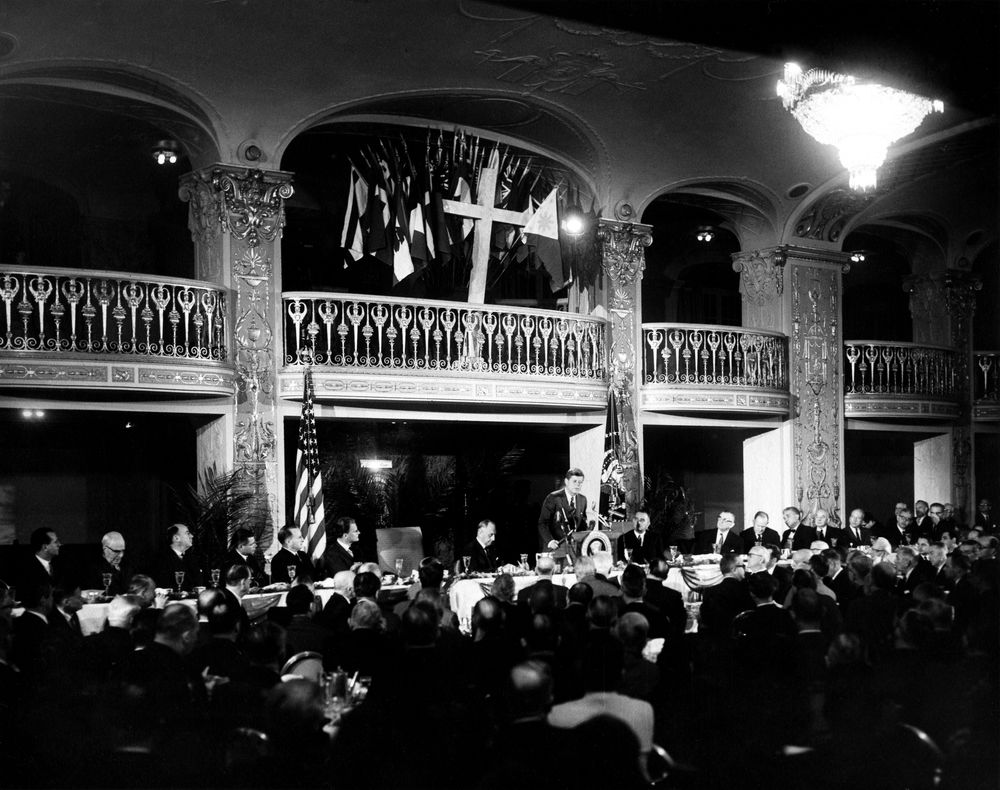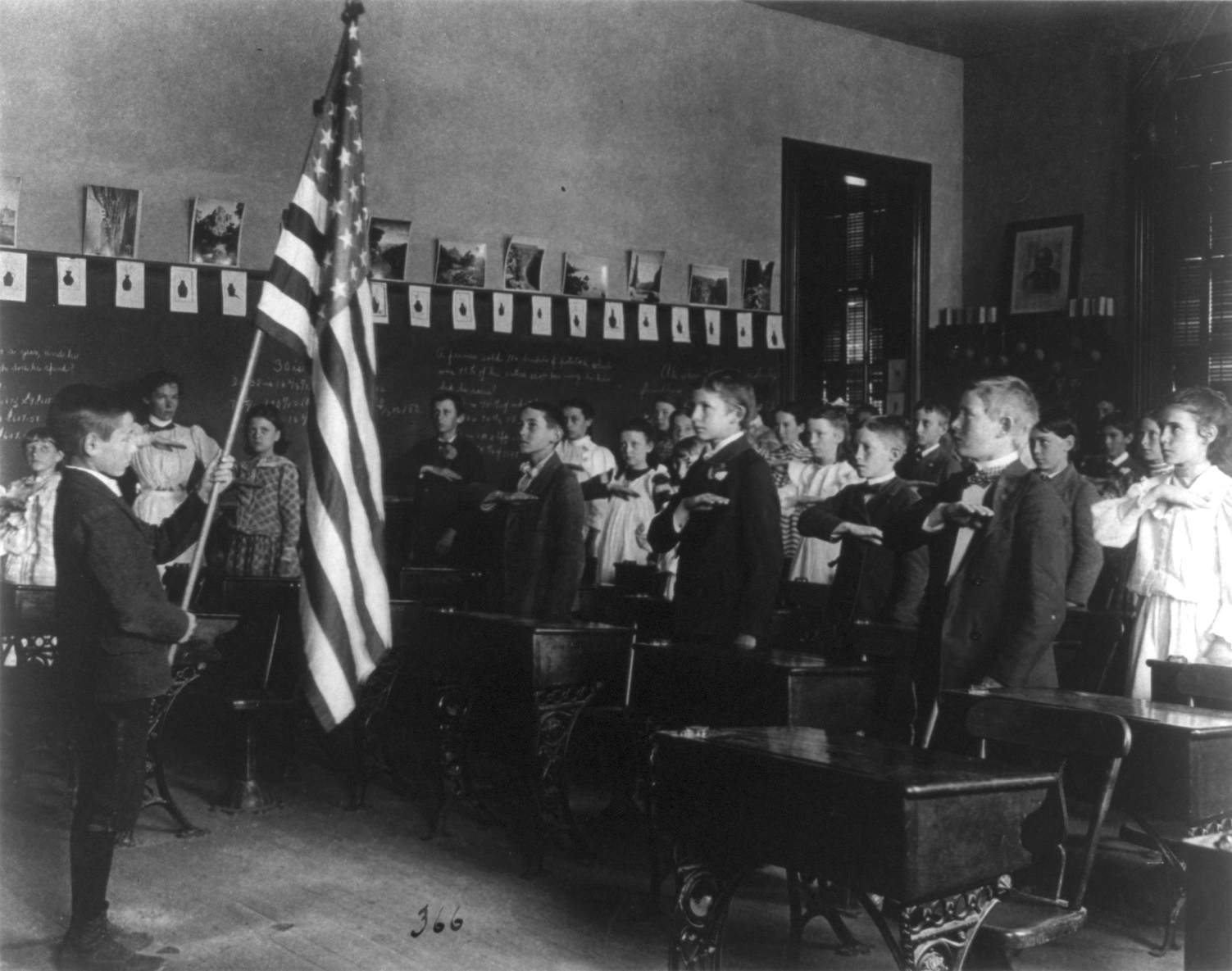|
Brooks Hays
Lawrence Brooks Hays (August 9, 1898 – October 11, 1981) was an American lawyer and politician who served eight terms as a Democratic member of the United States House of Representatives from the State of Arkansas from 1943 to 1959. He was also a president of the Southern Baptist Convention. Biography Brooks Hays was born in London, Pope County, Arkansas, on August 9, 1898. He attended public schools in Russellville, Arkansas. Hays served in the United States Army in 1918. After leaving the service he earned a degree from the University of Arkansas at Fayetteville in 1919. He attended law school at George Washington University, becoming a member of the Sigma Chi fraternity, earning his law degree in 1922, after which he was admitted to the bar. Hays returned to Russellville and opened a private law practice. Political career Hays served as assistant attorney general of Arkansas from 1925 to 1927. Hays ran for the Democratic gubernatorial nomination in 1928 and 1930 ... [...More Info...] [...Related Items...] OR: [Wikipedia] [Google] [Baidu] |
Arkansas
Arkansas ( ) is a landlocked state in the South Central United States. It is bordered by Missouri to the north, Tennessee and Mississippi to the east, Louisiana to the south, and Texas and Oklahoma to the west. Its name is from the Osage language, a Dhegiha Siouan language, and referred to their relatives, the Quapaw people. The state's diverse geography ranges from the mountainous regions of the Ozark and Ouachita Mountains, which make up the U.S. Interior Highlands, to the densely forested land in the south known as the Arkansas Timberlands, to the eastern lowlands along the Mississippi River and the Arkansas Delta. Arkansas is the 29th largest by area and the 34th most populous state, with a population of just over 3 million at the 2020 census. The capital and most populous city is Little Rock, in the central part of the state, a hub for transportation, business, culture, and government. The northwestern corner of the state, including the Fayetteville–Springdale� ... [...More Info...] [...Related Items...] OR: [Wikipedia] [Google] [Baidu] |
Sigma Chi
Sigma Chi () International Fraternity is one of the largest North American fraternal literary societies. The fraternity has 244 active (undergraduate) chapters and 152 alumni chapters across the United States and Canada and has initiated more than 350,000 members. The fraternity was founded on June 28, 1855, at Miami University in Oxford, Ohio, by members who split from the Delta Kappa Epsilon fraternity. Sigma Chi is divided into seven operational entities: the Sigma Chi Fraternity, the Sigma Chi Foundation, the Sigma Chi Canadian Foundation, the Risk Management Foundation, Constantine Capital Inc., the Blue and Gold Travel Services, and the newly organised Sigma Chi Leadership Institute. Like all fraternities, Sigma Chi has its own colors, insignia, and rituals. According to the fraternity's constitution, "the purpose of this fraternity shall be to cultivate and maintain the high ideals of friendship, justice, and learning upon which Sigma Chi was founded." History Founding Si ... [...More Info...] [...Related Items...] OR: [Wikipedia] [Google] [Baidu] |
The Washington Post
''The Washington Post'' (also known as the ''Post'' and, informally, ''WaPo'') is an American daily newspaper published in Washington, D.C. It is the most widely circulated newspaper within the Washington metropolitan area and has a large national audience. Daily broadsheet editions are printed for D.C., Maryland, and Virginia. The ''Post'' was founded in 1877. In its early years, it went through several owners and struggled both financially and editorially. Financier Eugene Meyer purchased it out of bankruptcy in 1933 and revived its health and reputation, work continued by his successors Katharine and Phil Graham (Meyer's daughter and son-in-law), who bought out several rival publications. The ''Post'' 1971 printing of the Pentagon Papers helped spur opposition to the Vietnam War. Subsequently, in the best-known episode in the newspaper's history, reporters Bob Woodward and Carl Bernstein led the American press's investigation into what became known as the Watergate scandal ... [...More Info...] [...Related Items...] OR: [Wikipedia] [Google] [Baidu] |
The Family (Christian Political Organization)
The Fellowship, also known as The Family and the International Foundation, is a U.S.-based religious and political organization founded in 1935 by Abraham Vereide. The stated purpose of The Fellowship is to provide a fellowship forum for decision makers to share in Bible studies, prayer meetings, worship of God, and to experience spiritual affirmation and support. The Fellowship has been described as one of the most politically well-connected and most secretly funded ministries in the United States. They shun publicity and its members share a vow of secrecy.; free copy available at The Fellowship's former leader, the late Douglas Coe, and others have explained the organization's desire for secrecy by citing biblical admonitions against public displays of good works, insisting they would not be able to tackle diplomatically sensitive missions if they drew public attention. The Fellowship holds one regular public event each year, the National Prayer Breakfast, which is in Was ... [...More Info...] [...Related Items...] OR: [Wikipedia] [Google] [Baidu] |
National Prayer Breakfast
The National Prayer Breakfast is a yearly event held in Washington, D.C., usually on the first Thursday in February. The founder of this event was Abraham Vereide. The event—which is actually a series of meetings, luncheons, and dinners—has taken place since 1953 and has been held at least since the 1980s at the Washington Hilton on Connecticut Avenue NW. The National Prayer Breakfast, held in the Hilton's International Ballroom, is yearly attended by some 3,500 guests, including international invitees from over 100 countries. It is hosted by members of the United States Congress and is organized on their behalf by The Fellowship Foundation, a Christian organization. It is designed to be a forum for the political, social, and business elite to assemble and pray together. Since the inception of the National Prayer Breakfast, several U.S. states and cities and other countries have established their own annual prayer breakfast events. History The origin of the National Prayer ... [...More Info...] [...Related Items...] OR: [Wikipedia] [Google] [Baidu] |
Pledge Of Allegiance (United States)
The Pledge of Allegiance of the United States is a patriotic recited verse that promises allegiance to the flag of the United States and the republic of the United States of America. The first version, with a text different from the one used at present, was written in 1885 by Captain George Thatcher Balch, a Union Army officer in the Civil War who later authored a book on how to teach patriotism to children in public schools. In 1892, Francis Bellamy revised Balch's verse as part of a magazine promotion surrounding the World's Columbian Exposition, which celebrated the 400th anniversary of Christopher Columbus' arrival in the Americas. Bellamy, the circulation manager for ''The Youth's Companion'' magazine, helped persuade President Benjamin Harrison to institute Columbus Day as a national holiday and lobbied Congress for a national school celebration of the day. The magazine sent leaflets containing part of Bellamy's Pledge of Allegiance to schools across the country and on ... [...More Info...] [...Related Items...] OR: [Wikipedia] [Google] [Baidu] |
National Day Of Prayer
The National Day of Prayer is an annual day of observance held on the first Thursday of May, designated by the United States Congress, when people are asked "to turn to God in prayer and meditation". The president is required by law () to sign a proclamation each year, encouraging all Americans to pray on this day. The modern law formalizing its annual observance was enacted in 1952 as part of the public reaction to the threats perceived in the Korean War, although earlier days of fasting and prayer had been established by the Second Continental Congress from 1775 until 1783, and by President John Adams in 1798 and 1799. Thomas Jefferson established a day of prayer and thanksgiving, but this occurred while he served as governor of Virginia. The constitutionality of the National Day of Prayer was unsuccessfully challenged in court by the Freedom From Religion Foundation after their attempt was unanimously dismissed by a panel of a federal appellate court in April 2011. [...More Info...] [...Related Items...] OR: [Wikipedia] [Google] [Baidu] |
United States Capitol
The United States Capitol, often called The Capitol or the Capitol Building, is the seat of the legislative branch of the United States federal government, which is formally known as the United States Congress. It is located on Capitol Hill at the eastern end of the National Mall in Washington, D.C. Though no longer at the geographic center of the federal district, the Capitol forms the origin point for the street-numbering system of the district as well as its four quadrants. Central sections of the present building were completed in 1800. These were partly destroyed in the 1814 Burning of Washington, then were fully restored within five years. The building was later enlarged by extending the wings for the chambers for the bicameral legislature, the House of Representatives in the south wing and the Senate in the north wing. The massive dome was completed around 1866 just after the American Civil War. Like the principal buildings of the executive and judicial branches ... [...More Info...] [...Related Items...] OR: [Wikipedia] [Google] [Baidu] |
Seventy-eighth United States Congress
The 78th United States Congress was a meeting of the legislative branch of the United States federal government, composed of the United States Senate and the United States House of Representatives. It met in Washington, DC from January 3, 1943, to January 3, 1945, during the last two years of Franklin D. Roosevelt's presidency. The apportionment of seats in the House of Representatives was based on the Sixteenth Census of the United States in 1940. Both chambers had a Democratic majority - albeit greatly reduced from the 77th Congress, with the Democrats losing their supermajority in the House and Senate. Along with President Franklin D. Roosevelt, the Democrats maintained an overall federal government trifecta. Major events * World War II continued (1941–1945) * June 6, 1944: Battle of Normandy * November 7, 1944: General elections: ** President Roosevelt was re-elected to a fourth term. ** Senate Democrats kept their majority despite 1-seat net loss. ** House Democr ... [...More Info...] [...Related Items...] OR: [Wikipedia] [Google] [Baidu] |
Farm Security Administration
The Farm Security Administration (FSA) was a New Deal agency created in 1937 to combat rural poverty during the Great Depression in the United States. It succeeded the Resettlement Administration (1935–1937). The FSA is famous for its small but highly influential photography program, 1935–44, that portrayed the challenges of rural poverty. The photographs in the FSA/Office of War Information Photograph Collection form an extensive pictorial record of American life between 1935 and 1944. This U.S. government photography project was headed for most of its existence by Roy Stryker, who guided the effort in a succession of government agencies: the Resettlement Administration (1935–1937), the Farm Security Administration (1937–1942), and the Office of War Information (1942–1944). The collection also includes photographs acquired from other governmental and nongovernmental sources, including the News Bureau at the Offices of Emergency Management (OEM), various branches of the m ... [...More Info...] [...Related Items...] OR: [Wikipedia] [Google] [Baidu] |
National Recovery Administration
The National Recovery Administration (NRA) was a prime agency established by U.S. president Franklin D. Roosevelt (FDR) in 1933. The goal of the administration was to eliminate "cut throat competition" by bringing industry, labor, and government together to create codes of "fair practices" and set prices. The NRA was created by the National Industrial Recovery Act (NIRA) and allowed industries to get together and write "codes of fair competition". The codes intended both to help workers set minimum wages and maximum weekly hours, as well as minimum prices at which products could be sold. The NRA also had a two-year renewal charter and was set to expire in June 1935 if not renewed. The NRA, symbolized by the Blue Eagle, was popular with workers. Businesses that supported the NRA put the symbol in their shop windows and on their packages, though they did not always go along with the regulations entailed. Though membership of the NRA was voluntary, businesses that did not display ... [...More Info...] [...Related Items...] OR: [Wikipedia] [Google] [Baidu] |
New Deal
The New Deal was a series of programs, public work projects, financial reforms, and regulations enacted by President Franklin D. Roosevelt in the United States between 1933 and 1939. Major federal programs agencies included the Civilian Conservation Corps (CCC), the Works Progress Administration (WPA), the Civil Works Administration (CWA), the Farm Security Administration (FSA), the National Industrial Recovery Act of 1933 (NIRA) and the Social Security Administration (SSA). They provided support for farmers, the unemployed, youth, and the elderly. The New Deal included new constraints and safeguards on the banking industry and efforts to re-inflate the economy after prices had fallen sharply. New Deal programs included both laws passed by Congress as well as presidential executive orders during the first term of the presidency of Franklin D. Roosevelt. The programs focused on what historians refer to as the "3 R's": relief for the unemployed and for the poor, recovery of ... [...More Info...] [...Related Items...] OR: [Wikipedia] [Google] [Baidu] |







